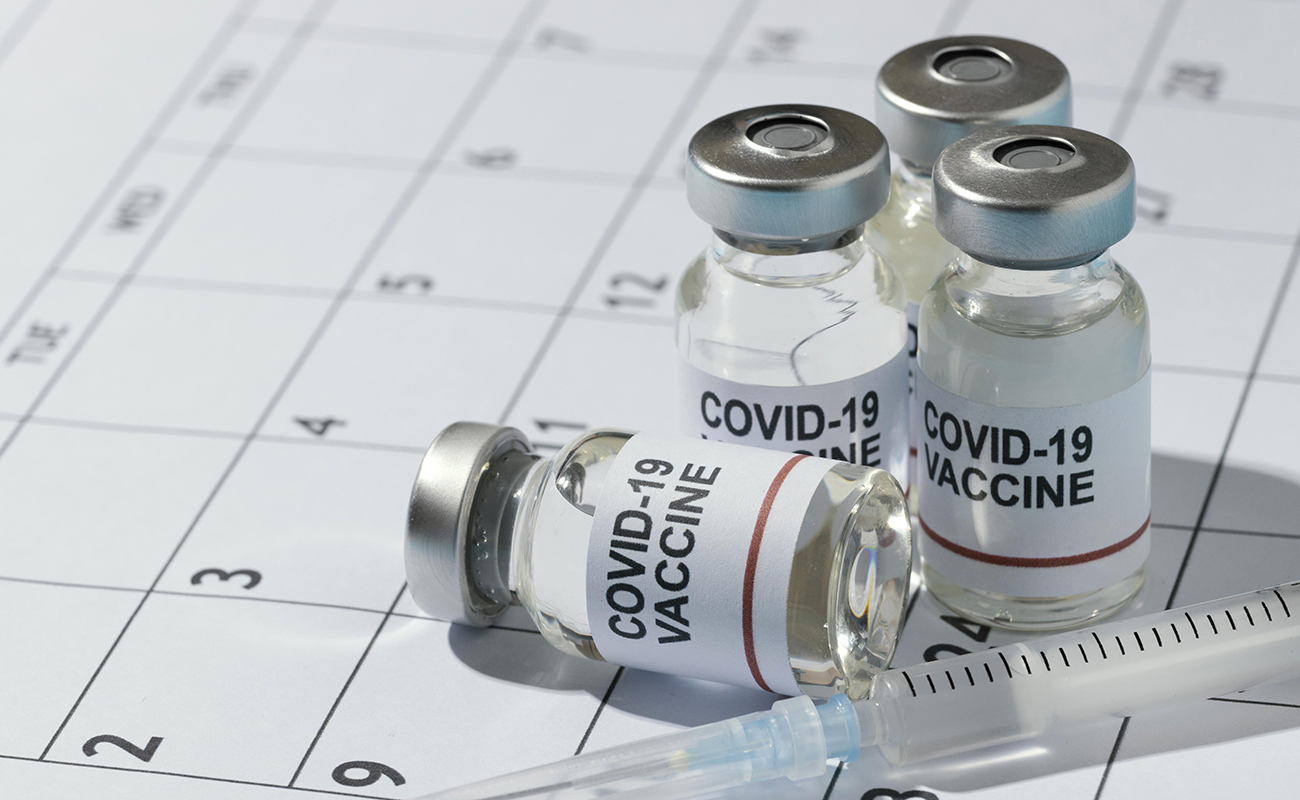On 9 January, the Government of the Republic of Serbia (Public Health Institute Batut) published an Operational Immunization Plan on its website, which includes vulnerable groups living in collective accommodation such as migrants and asylum seekers.
On 9 January, the Government (Public Health Institute Batut) published an Operational Immunization Plan on its website.
The objectives, as defined by the Expert Immunization Committee:
General objectives: 1) Prevent the spread of COVID-19 epidemic in RS to allow for health, economic and overall social recovery from the consequences of the pandemic; 2) Immunization to cover minimum 20% of the population in the period 2020–2021.
Specific objectives: 1) Decrease the frequency of infection and deaths among the most vulnerable groups; 2) Decrease incidence of severe forms of disease; 3) Limit virus transmission; 4) Preserve vital functions of the society.
GoS plan orders simultaneous development of plans to cover: 1) 20% of the total population (i.e. approx. 1.3 million citizens), 2) up to 50% of the total population in case that larger quantities of vaccines become available.
Phases and target groups
The Plan provides for immunisation to happen in three phases:
Phase 1 – vaccines available to 1-10% of the population; administered to: a) Staff in health care institutions exposed to high risk; b) Staff in elderly homes and social protection institutions; c) Persons 65+ in elderly homes, persons 75+ in general population and chronic patients aged 65 -75.
Phase 2 – vaccines available to 11-20% of the population; administered to: a) Elderly 65+ not inoculated in phase 1; b) Persons under 65 with co-morbidities; c) Staff in institutions vital to functioning of the society i.e. communal and public companies, MoI and judiciary, civil servants who work in the field; d) Certain number of teaching staff in preschools, secondary schools, and faculties.
Phase 3 – vaccines available to 21-50% of the population; administered to: a) Teaching staff in primary schools and the remaining teaching staff in preschools, secondary schools and faculties; b) Staff outside health and education sector relevant to functioning of the society; c) Employees in high-risk labs; d) Groups living in collective accommodation: migrants and asylum-seekers, prisoners 50+, persons living in substandard settlements, the homeless and citizens living in extreme poverty.
On 9 January, the Government (Public Health Institute Batut) published an Operational Immunization Plan on its website.
The objectives, as defined by the Expert Immunization Committee:
General objectives: 1) Prevent the spread of COVID-19 epidemic in RS to allow for health, economic and overall social recovery from the consequences of the pandemic; 2) Immunization to cover minimum 20% of the population in the period 2020–2021.
Specific objectives: 1) Decrease the frequency of infection and deaths among the most vulnerable groups; 2) Decrease incidence of severe forms of disease; 3) Limit virus transmission; 4) Preserve vital functions of the society.
GoS plan orders simultaneous development of plans to cover: 1) 20% of the total population (i.e. approx. 1.3 million citizens), 2) up to 50% of the total population in case that larger quantities of vaccines become available.
Phases and target groups
The Plan provides for immunisation to happen in three phases:
Phase 1 – vaccines available to 1-10% of the population; administered to: a) Staff in health care institutions exposed to high risk; b) Staff in elderly homes and social protection institutions; c) Persons 65+ in elderly homes, persons 75+ in general population and chronic patients aged 65 -75.
Phase 2 – vaccines available to 11-20% of the population; administered to: a) Elderly 65+ not inoculated in phase 1; b) Persons under 65 with co-morbidities; c) Staff in institutions vital to functioning of the society i.e. communal and public companies, MoI and judiciary, civil servants who work in the field; d) Certain number of teaching staff in preschools, secondary schools, and faculties.
Phase 3 – vaccines available to 21-50% of the population; administered to: a) Teaching staff in primary schools and the remaining teaching staff in preschools, secondary schools and faculties; b) Staff outside health and education sector relevant to functioning of the society; c) Employees in high-risk labs; d) Groups living in collective accommodation: migrants and asylum-seekers, prisoners 50+, persons living in substandard settlements, the homeless and citizens living in extreme poverty.

